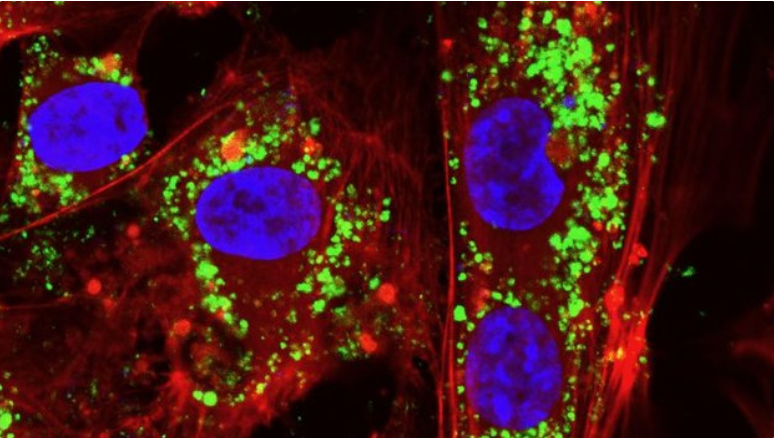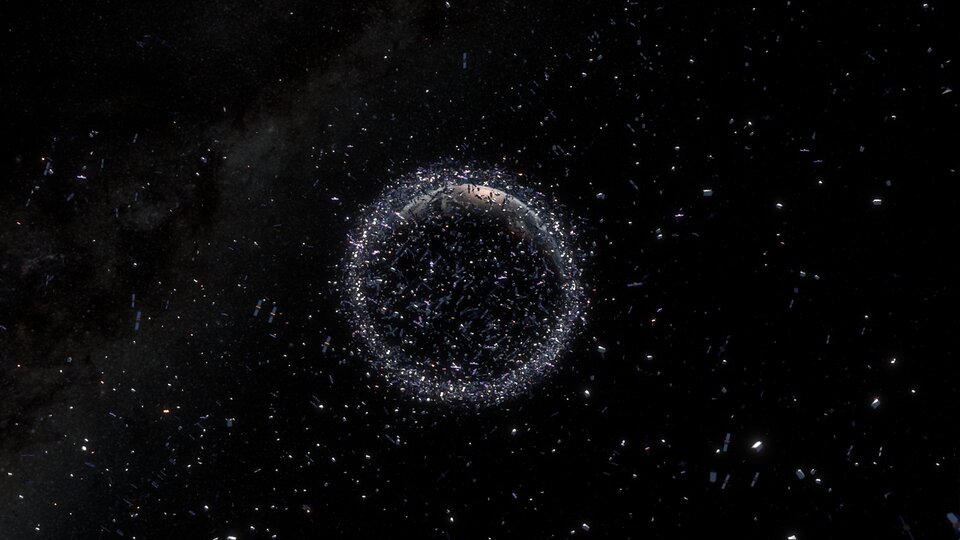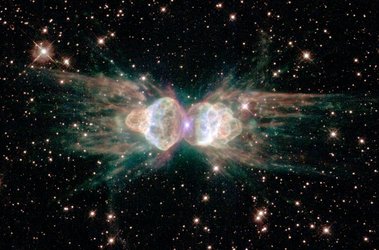Fostering collaboration through OSIP
Do you have an idea for a research project that could advance Europe’s place in space? Tell us via our Open Space Innovation Platform (OSIP), where we are looking for novel proposals to turn into real activities. We are interested in co-funding advanced research (PhD or post-doctoral) that investigates relevant questions at the cutting edge of technology development and scientific research, using novel methods or state-of-the-art approaches.
ESA has always worked closely with universities, especially since the Networking/Partnering Initiative (NPI) kicked off in 2005 to support PhD and post-doctoral students to carry out research on advanced technologies with space applications. Giving access to ESTEC facilities, providing technical support, and facilitating networking opportunities, ESA fostered interaction with universities, research institutes and industry around Europe via more than 270 projects over the last 15 years.
As of 2019, co-funded research has been integrated into OSIP’s Open Discovery Ideas Channel, which builds upon the successful NPI scheme, but with a larger scope, a more open and engaging nature, and ambitions to increase the number of co-funded research activities.
“We are seeking new PhD and post-doc research projects to co-sponsor,” says Leopold Summerer, Head of the Advanced Concepts and Studies Office. “Specifically, we invite universities and research organisations to submit novel ideas that could open new capabilities for future space applications. Novelty is our main filter, and it's therefore particularly important to clearly describe the novelty of ideas compared to the state of the art."

24 ideas collected through this ‘ideas Channel’ have already been matured into full proposals and successfully selected for funding, covering topics across the realm of ESA’s work – from Solar System research and spacecraft technology development to novel materials and models of quantum physics.
“ESA provides state-of-the-art facilities for altered gravity applications, and prompt multidisciplinary feedback from experts that can boost a timely and effective project completion,” says post-doc candidate Giada Graziana Genchi, who submitted an idea to study how microgravity impacts how biological systems are affected by nanomaterials, which are increasingly used for biomedical applications. “By co-funding our research, ESA is a partner in highly challenging investigations, and in orienting our future research on crucial topics of biomedical relevance.”

“The direct involvement of ESA gives an extra weight to the research we develop, allows us to extend our research collaborations and more importantly helps with the adoption of our results by the space sector,” explains Professor Massimiliano Vasile, who prosed two ideas: one on detecting and tracking space debris, and one on building a network model of the space environment surrounding Earth.
“The new method of submitting ideas though OSIP is much clearer than previous methods, and accessible by anyone. It also allows the suitability of ideas to be assessed very quickly,” continued Massimiliano.
If you have a novel idea for a research co-sponsorship activity, tell us via our Open Discovery Ideas Channel. The most innovative ideas will be developed into more thorough research proposals and linked with ESA experts who will provide support for the project.
Ideas already selected for research co-sponsorship activities
| ACTIVITY TITLE | COUNTRY | UNIVERSITY/INSTITUTE |
| Multi-Layer Temporal Network Model of the Space Environment | United Kingdom | University of Strathclyde |
| 3-Dimensional Phased Array Antenna for Active and Passive Debris Detection and Tracking | United Kingdom | University of Strathclyde |
| Ice Microphysics across the Solar System | France | University Paris Sud |
| Radiation Damage of the Gaia Focal Plane | United Kingdom | Open University |
| System Development for an Innovative Regolith Excavation and Beneficiation Device in Support of Lunar In-situ Resource Utilisation (ISRU) | United Kingdom | University of Manchester |
| Study of Cislunar Space Dynamics and Environment for Orbital Debris Mitigation | France | Institut Supérieur de l'Aéronautique et de l'Espace |
| Microgravity-Wear | United Kingdom | Royal College of Art |
| Advanced Nanozymes for Antioxidant Therapy | Italy | Fondazione Istituto Italiano di Tecnologia |
| A Deep Characterisation of a Nanotechnological Antioxidant for Space Using Simple Invertebrates | Italy | Fondazione Istituto Italiano di Tecnologia |
| Bounded Stability of Motions Around Minor Bodies | United Kingdom | University of Strathclyde |
| CFD-Analysis of the Supersonic Transient Turbine Flow in a Turbopump for an Expander-Bleed Cycle Rocket Engine Operated with LOX/LNG | Germany | RWTH Aachen University |
| Using Chatbot Technology to Assure Quality Knowledge Capture from Space Experts for Rapid Transfer Through Systematic Learning | United Kingdom | University of Strathclyde |
| Multi-Disciplinary Modelling of the Aerothemodynamically-Induced Fragmentation of Re-Entering Bodies | United Kingdom | University of Strathclyde |
| Bio-Inspired Robotic Manipulation for Grappling Space Debris | Canada | Carleton University |
| Advanced Maritime Targets Recognition from Synthetic Aperture Radar Images Exploiting Target's Micromotions and Artificial Intelligence | United Kingdom | University of Strathclyde |
| Electrostatic Charging of Lunar Regolith for In-Situ Resource Utilisation – Understanding, Manipulation and Use | United Kingdom | Imperial College London |
| Study Use of the LOP-G as Home Base for Fast-Response Planetary Defence Missions | Italy | Politecnico di Milano |
| Design for Demise Applied to Spacecraft Structural Panels and Experiment for Clean Space One Platform | Switzerland | Ecole Polytechnique Fédérale de Lausanne |
| Tackling the Next Generation of Debris Hiding in Orbit: Carbon Fibres | Germany | Technical University Braunschweig |
| New Air-Filled Substrate Integrate Waveguide Technological Platform for RF Front-End | France | L’Institut Polytechnique de Bordeaux |
| Millimetre-Wave to THz High-Q Air-Filled Substrate Integrate Waveguide (AFSIW) Filters for Space and Ground Segment Applications | France | L’Institut Polytechnique de Bordeaux |
| A Novel Design Framework for Rapid and Efficient Artificial Intelligence Deployment for Onboard Space Applications | Italy | University of Pisa |
| Elucidating Modes of Interaction of Redox-Active Nanomaterials with Biological Systems Exposed to Microgravity | Italy | Fondazione Istituto Italiano di Tecnologia |
| Reaching Heisenberg limit in Atom Interferometry for quantum inertial sensors | Italy | University of Florence |





